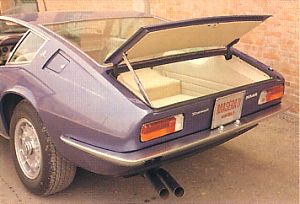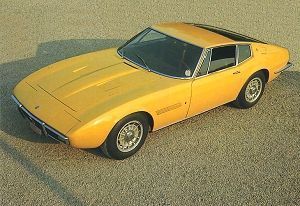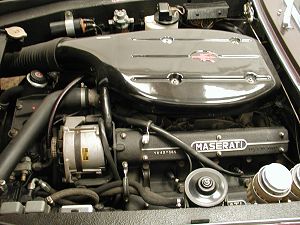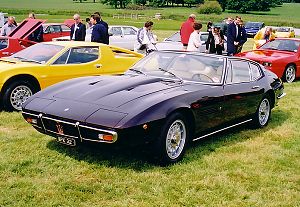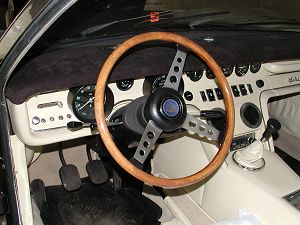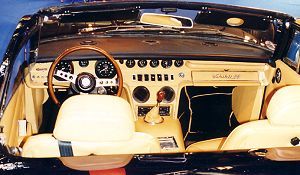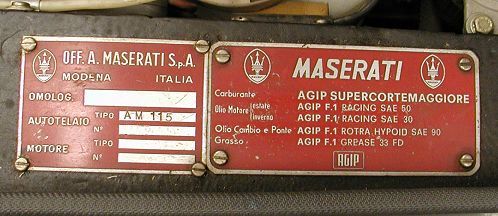
The identification plate of the Ghibli - AM 115. |
|
|
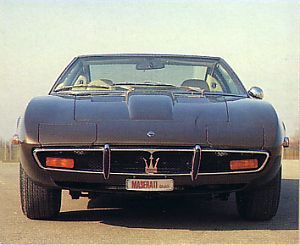 |
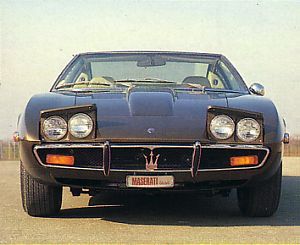 |
|
* The power operated pop-up headlamps. Note the overriders added to later models. |
|
|
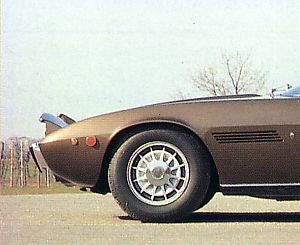 |
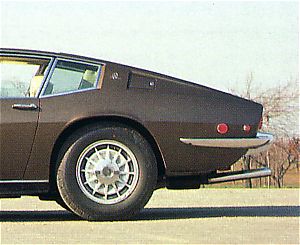 |
|
* Note the extra side light added to models destined for the US market. |
|
|
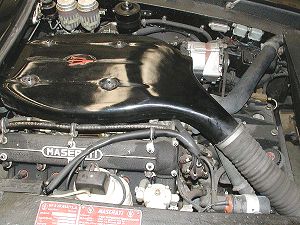
The 4.9-litre engine of the Ghibli SS. |
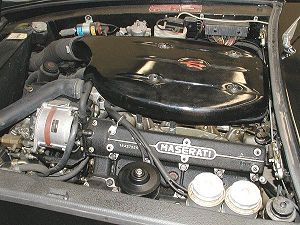
|
|
|
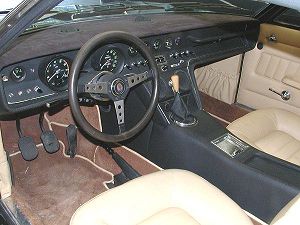
The interior of the Ghibli SS. |
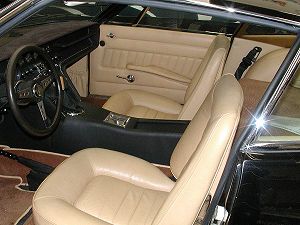
|
|
|
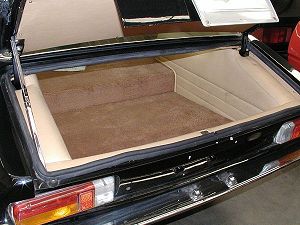
The ample boot space accessed through the narrow boot lid. |
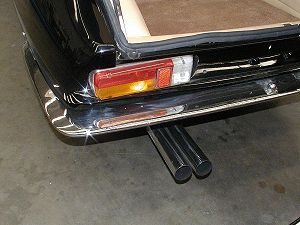
The long chromed twin-exhaust tail pipes. |
|
|
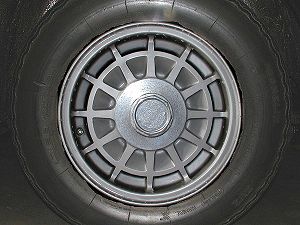
The 15-inch alloy wheels. |
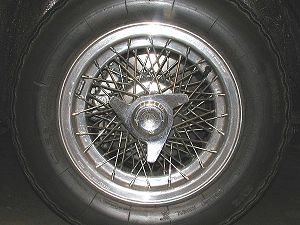
The 15-inch Borrani chrome wire wheels. |
|
|
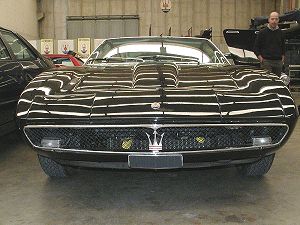
The long sloping bonnet ends with a full-width grille. |
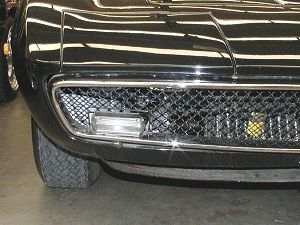
The front seat retractable head rest. |
|
|
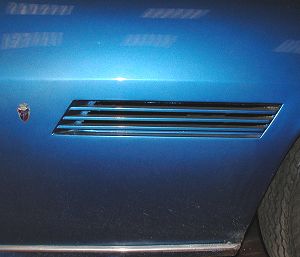
The air vent on the front wing. |
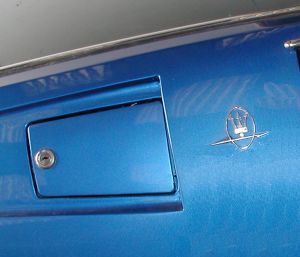
One of the two lockable fuel filler flaps. |
|
|
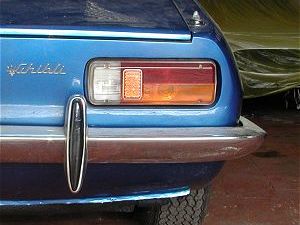
The rear tail light. Note the over-rider with rubber inset. |
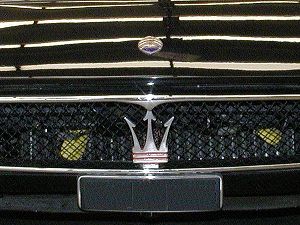
A large Trident adorns the radiator grille. |
|
|
From Jörg in Germany
"Refering to Your new Ghibli page, I found a few errors and omissions:
1. Power steering was always an expensive option (but very useful if you drive the car around the town). The pictures of the engine bay shows a car with power steering. The alternator had to be "moved" upwards, because the oil pump was normally in the alternator position.
2. Increasing the engine capacity was done by a lengthening the stroke, which required a new crankshaft. The bore at 4.7 and 4.9 is 93.9 mm (This was due to a typing error!). You did it correctly at our Indy page.
3. The tyre size was originally 205-15 VR. Later cars had 215/70 VR 15. Today it is impossible to find the original tyre size (in VR), which is a pity, because of their larger diameter they are more suited to the car's design.
4. You did not mention the biggest change in the car's design, the modification of the boot. On the early cars, up to #200 (ca.) the was boot/ trunk lid was around the back down to the bumper.
There were a few minor changes in the the car's specification:
The early cars had solid brake discs, later cars had ventilated ones.
The early cars had real "knock-off's", some very early cars with 42 spokes, later 52 spokes. Later cars had a four-bolt wheel mounting.
Some early cars had Smith instruments.
and..
and..
and..
and..... I never believe, that there is a Ghibli in existance with 1200 kg only, (This was due to a typing error!) 1550 to 1600kg is more realistic. Same with the Khamsin, which is 1750 kg dry. The old Maserati had been very, very heavy cars. For example a QP III is 2200 kg dry. Believe me, we had all the cars on a balance.
Thank you Jörg. It's always nice to receive feedback. |
|
Follow-up from Jörg in Germany (31-10-2002)
"Hello Enrico,
I have attached two pictures. The Swiss car, I spotted at the International Meeting in Gstaad in 1997, the other is from a sales brochure. It is the brochure with the red car and the girl.
The following brochure was with the blue car (I think, You have this). |
|
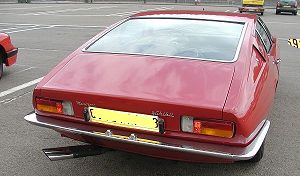
The boot of the prototype Ghibli with the larger opening. |
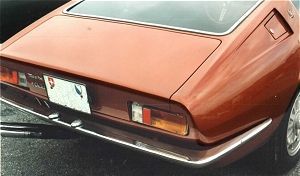
The production car with restricted boot access. |
|
There is a photo in the Crump/de la Rive Box book "Maserati Road cars" on page 156 too.
This is the prototype car. This car was always used for early press-presentation. The boot of early series cars were different from that particular car. It is the only Ghibli with good access to the boot. It is the car without door-handles. It had a push-button mechanism near the window.
Do You have a coloured picture of that car? The journalist Paul Frere described its colour as "bronze-gold", and I wonder how does it look. What happened to that car??
Best regards
Jörg."
|
|
|



